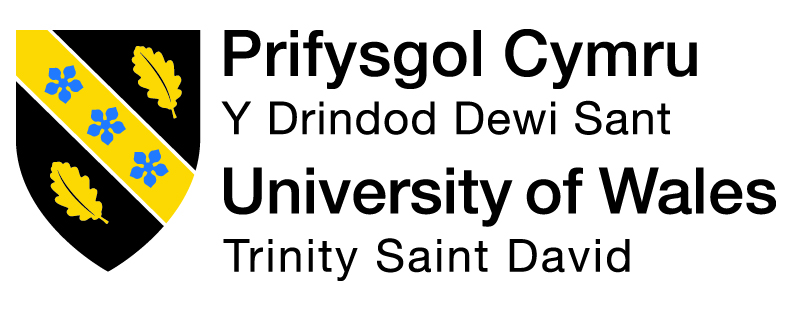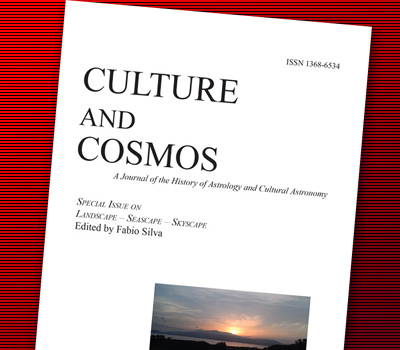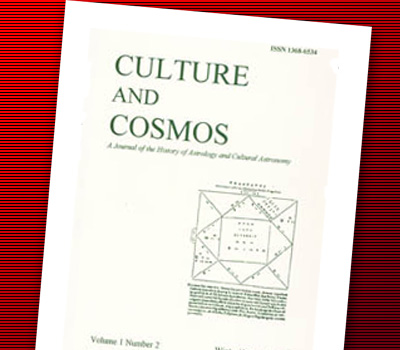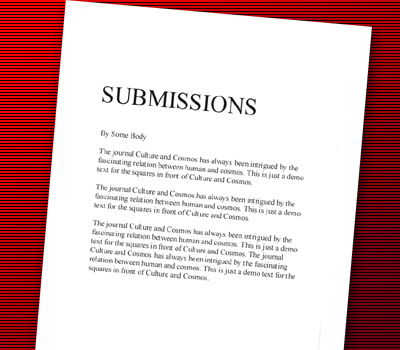We are currently seeking submissions for future volumes of Culture and Cosmos.
Volume 1, No. 2
Review: Explorers of the Southern Sky: A History of Australian Astronomy. Raymond Haynes, Roslynn Haynes, David Malin and Richard McGee (Cambridge University Press, Cambridge, 1996), pp. 527, £60
Nick Campion
The contemporary Western desire to discover or rediscover folk and ethnic astronomies has so far left native Australian/Aboriginal cosmology untouched. This book contains a first attempt to rectify that situation albeit briefly. Chapter 1 includes brief sections on Aboriginal views of the Milky Way, the Southern Cross, Venus, Orion and the Pleiades and the Magellanic Clouds, concluding with a discussion of motives and goals: ‘...it will be apparent that the Aborigines were concerned not with extraordinary occurrences, but with the regular patterns of natural phenomena. This is understandable since one of the main functions of their mythology was to overcome the sense of helplessness otherwise inevitable in a people so completely dependent for their survival on the natural world. The legends served this purpose by integrating a potentially alien Universe into the moral and social order of the tribe’. This cosmology raised the Aborigines to equal partners with other forces in the Universe, providing the same sense of control as technology has done in the modern West, cultivated respect for the inanimate world and justified social norms and cultural taboos. This is fascinating material but occupies only thirteen pages in a book of over 500 pages. The rest of the book provides a chronicle of technical astronomy in Australia, tracing its origins to Captain Cook’s voyage to Tahiti to observe the transit of Venus on 3 June 1769. This story is well told, and the rest of the book well-written, but once Cook’s tale is over it is of much less interest to the general reader and is, it seems aimed primarily at astronomy undergraduates, or as a useful source guide for future graduate historians. No doubt for these purposes it will be invaluable. However, the archival nature of much of the information means that for other readers it will have less interest. For example, on p 183, ‘The Matheson Years’, we are told that ‘in 1981 the Uppsala Schmidt was moved to Siding Spring and the 2.3-m Advanced Technology Telescope, described below, found a site there as well’. In the context of Australia’s current moves to become a republic the book cannot fail to have the feel of an attempt to prove that Australia too has an astronomy, with emotive chapter titles such as ‘the Struggle for Independence’ and ‘From Swords into Ploughshares’. In this sense it is a shame that Aboriginal cosmology, which is used to attract the reader with an attention grabbing jacket painting (Seven Sisters by Tim Leura Tjapaltjarri), is dealt with so briefly.









